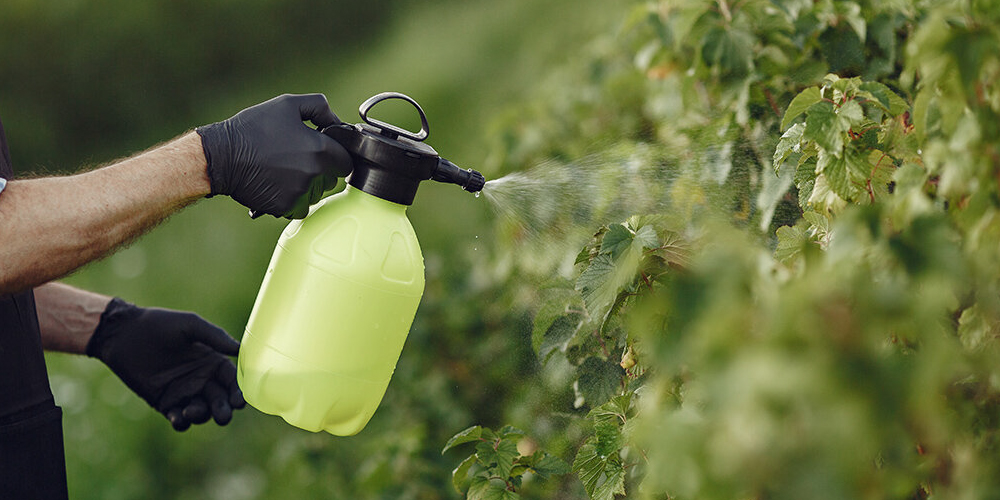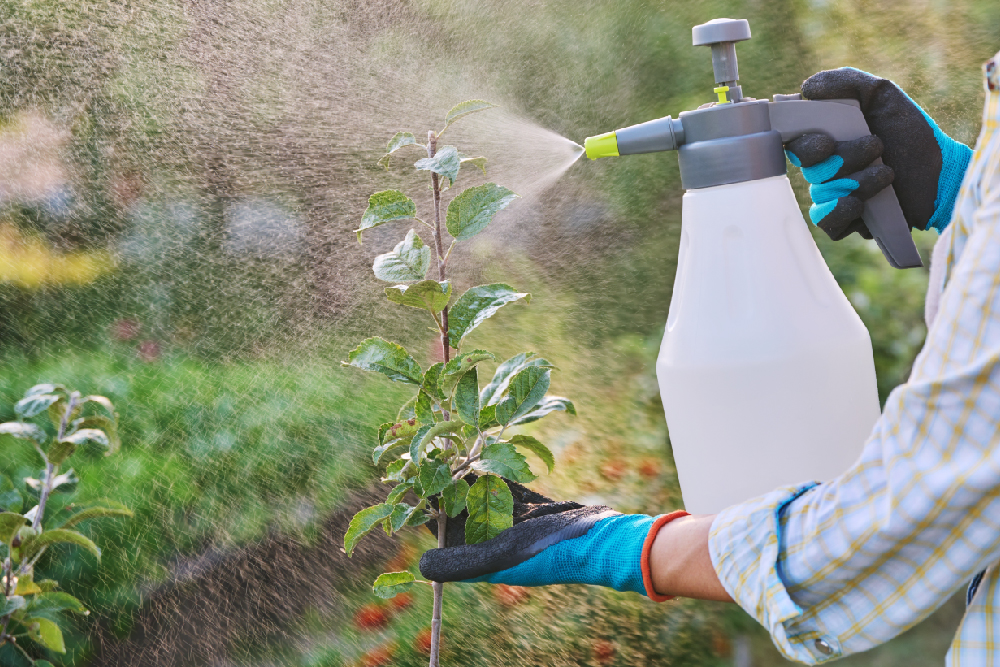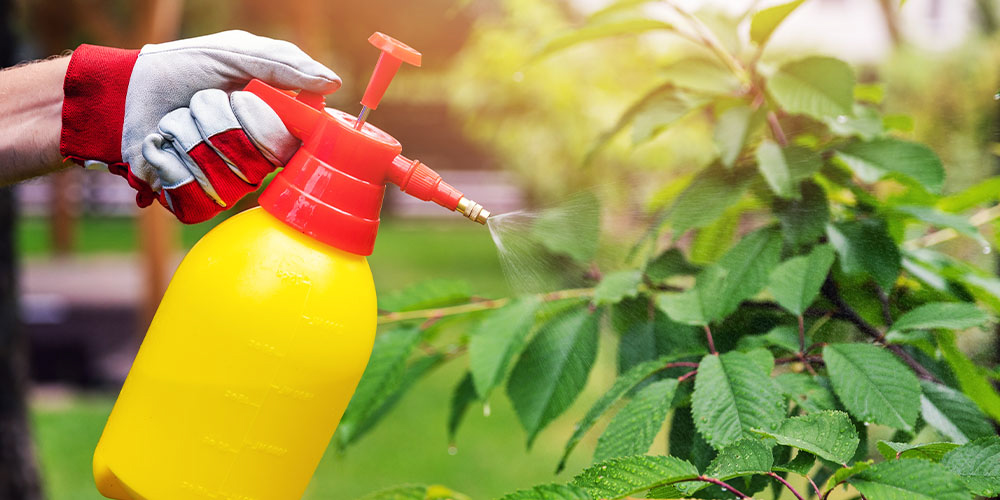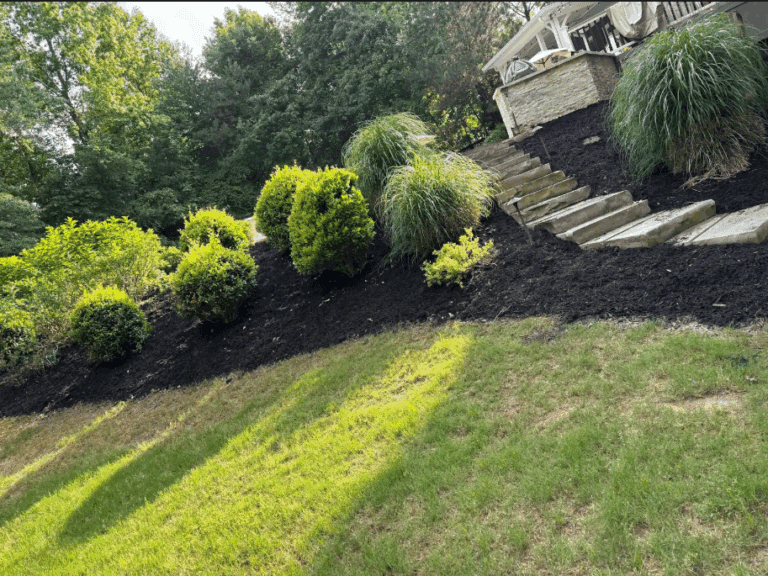As temperatures dip throughout the winter months, gardeners and landscapers need to consider what the changing temperature means for their plants. One way to protect your plants from insect pests in winter is to use dormant oil.
In this guide, we’ll cover what exactly dormant oil is as well as how to use it as a form of pest control. We’ll cover its how it works, the kinds of pests it protects against, optimal timing for application, on which plants to use it, and more. Let’s get started!
What is Dormant Oil?
Dormant oil is a type of oil-based pesticide used to control insects and eliminate various pests threatening the health of your shrubs and trees. The substance is typically derived from vegetable sources (as opposed to mineral oil or petroleum sources).
Dormant Oil vs. Horticultural Oil

Traditionally, dormant oils were a type of horticultural oil that was thicker and less processed than other oils, which was used in winter when plants are not growing, otherwise known as dormant. Thus the name dormant oil.
These days many all-purpose horticultural oils are safe to use both before and after your plants have broken dormancy. Modern usage of the term “dormant oil” refers any oil that is best applied during winter, when plants are dormant.
How Dormant Oil Works?
The main purpose of applying dormant oil is to control overwintering pests like insects and spider mites. Overwintering pests hibernate on your plants until temperatures rise enough for them to become active again.
Applying dormant oil works by suffocating the overwintering insects and their eggs, thus disrupting their lifecycle and killing them before the spring season.
Best Time to Apply
For dormant oil to do its job effectively, it needs to be applied at just the right time. The best time for dormant oil applications is early morning during the late fall and winter months – when your plants are dormant. During the growing season in the early spring, it’s too late to apply dormant oils. Remember to user directions on the specific product you’re using for the most accurate timing recommendations.
What Kinds of Pests Are Most Affected?
Dormant oil is most effective against soft-bodied insects or insects that are not yet fully mature. Some of the most common pests against which dormant oil is effective include:
- Scale Insects
- Aphids
- Thrips
- Mites
- Mealybugs
- Whiteflies
What Plants Benefit from Dormant Oil?
You can use dormant oil on a wide variety of deciduous trees and shrubs. Some of the most sensitive types of plants include:
- Fruit trees such as apple tree, peach tree, plum tree, and cherry tree are especially susceptible to pests like aphids and mites
- Fruit-bearing bushes like blueberry or raspberry brambles
- Ornamental trees and shrubs
Application Process (Step by Step Guide)
You can use dormant oils on a wide variety of deciduous trees and shrubs. Some of the most sensitive types of plants include:
Step 1: Choose the Right Product
Look for a product that specifically treats the kind of plants you want to protect.
Remember – not all plants should be sprayed with these kinds of oils.
Step 2: Check Weather Conditions
Next, choose a day when the temperature is above freezing and there is no rain in the forecast for at least 24 hours.
Applying dormant oil during freezing temperatures or before rain can reduce its effectiveness, as freezing can cause uneven application and rain may rinse it away before it has a chance to do its job.
Step 3: Prepare Your Equipment
Luckily, spraying dormant oils requires little in the way of equipment.
You only need a sprayer suitable for spraying oil, and gloves.
Just make sure the sprayer is clean and free of any residues from previous chemicals.
The last thing you want is a sprayer that has residue of weed killer or any other harmful substance!
Step 4: Mix the Dormant Oil
Some dormant oils come as a concentrate, which needs to be diluted before use.
Just follow the manufacturer’s instructions for using the oil concentrate to know whether or not it needs to be diluted.
If diluting, be sure to shake the mixture well to ensure even distribution.
Step 5: Apply!
Start applying the oil from the bottom of the plant and work your way up, thoroughly coating all sides of the branches and trunk.
Make sure you cover the plant completely, paying special attention to areas where pests are likely to overwinter.

Step 6: Repeat if Necessary
For severe infestations or particularly large plants, a second application may be necessary, so follow the recommended interval between applications found on your dormant oil product’s label to avoid any adverse effects.
Precautions to Take When Using Dormant Oils
The good news is that dormant oil is safe to use around humans and pets. However, it can cause harm to your plants when used improperly.
In general, avoid spraying on very hot and sunny days or if temperature are below freezing.
High temperatures can cause the oil to burn the plants while freezing temperatures cause ineffective and uneven application. Also, it is very important to be aware that there are some types of plants on which it is not safe to use dormant oils.
Avoid using dormant oils on these plants:
- Junipers
- Maples
- Spruces
- Douglas firs
- Hickories
- cedars
These plate species react poorly to this oil, and applying it can even cause foliage desiccation.
As a final precaution, be sure to wear protective gear to cover your skin and exposed areas such as your eyes, mouth, hair, etc.
Pest Management for Georgia Homeowners
Managing pests is a headache every homeowner is all too familiar with. Understanding why, when, and how to safely apply dormant oil to your plants prepares you for the battle against mites, insect populations, and similar unwanted guests in your greenery.
If you’d rather leave the pest management to the professionals, look no further than Creech Landscaping.









